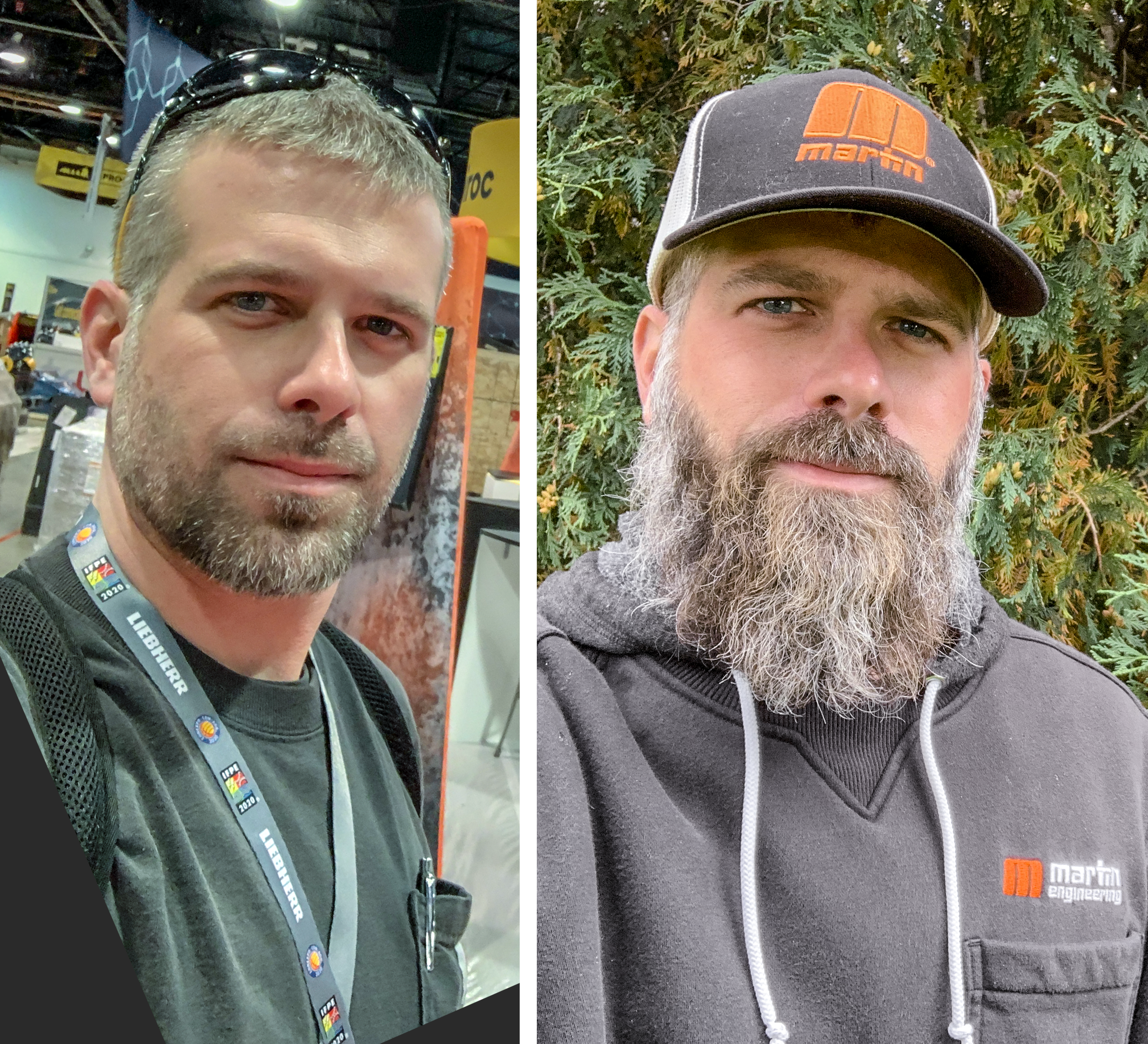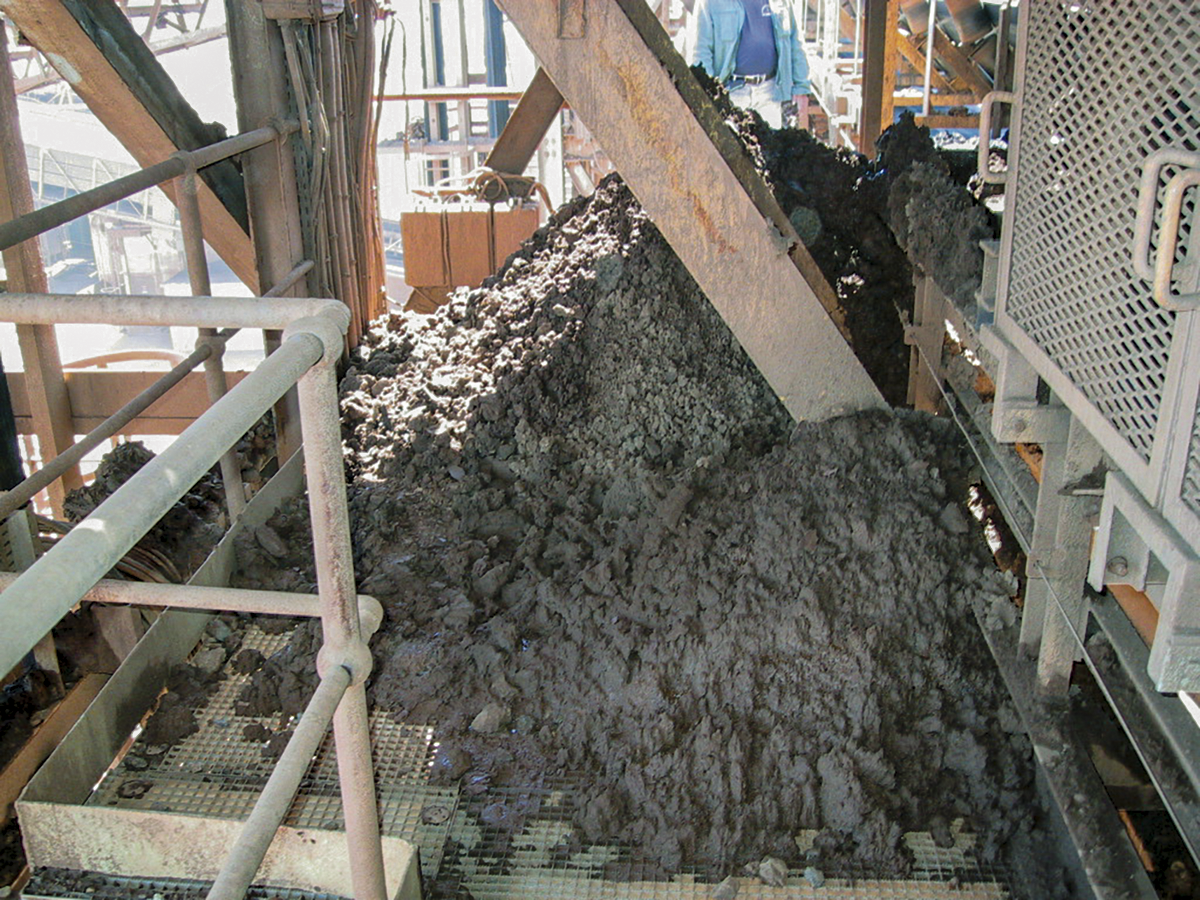By Seth Mercer on Oct 2, 2020 8:15:00 AM
Most of my colleagues haven’t seen me since March 4, when I left for a two-week work trip. Ten days later, my kids were no longer going to school, toilet paper was scarce, and I was hoping my flight home didn’t get cancelled. The sudden changes that came with the COVID-19 pandemic had abruptly taken some of us off of the road and out of the office. So as I continue to work in exile at home, the comments still catch me off guard every time.
“Whoa, Grizzly Adams!” “ZZ Top!” “A lumberjack!”

I quit shaving when I made it back home in mid-March and slowly became the scruffy image of a stranded sailor on a desert island. It wasn’t something I did consciously or had planned, I simply didn’t bother those first few weeks while I was busy doing my best to navigate the radical changes and disruptions we were now all facing. In the meantime, I’ve grown a considerable beard and for those who haven’t seen me for a while, the change is understandably noticeable.
 No, Not A Wizard
No, Not A Wizard
The reaction still comes as a surprise though, because for me the beard isn’t something that just appeared all at once out of nowhere. I’ve watched it grow slowly and gradually every day for the past 200+ days. To me, the beard is my “new normal;” I don’t give it much thought and I go about my daily routine.
Similarities Between Stubble & Spillage
Material spillage from a belt conveyor is surprisingly similar. To the guys who work around it and see it every day, the pile of material around the tail, the spillage on the catwalks, the build up on the rollers, the anthills on the ground under the conveyor, or the layer of dust on absolutely everything seems normal. They don’t give it much thought and they go about their routine.

Like a beard, it doesn’t just show up all at once or overnight. It builds up slowly and gradually over days, weeks, months, and years. Consequently, so do the problems that this dust and spillage create.
We have a tendency to not recognize these drastic changes and their considerable consequences when they develop so gradually over an extended period of time. Conversely, as we’ve unfortunately learned, a global pandemic swiftly brings about major, disruptive changes with consequences that immediately and noticeably impact us, adversely affecting our routines much longer than anyone would prefer.
Although gradual and subtle, the drastic changes and adverse, long-term consequences of dust and material spillage are very real and detrimental to your site’s safety, productivity, and cost of operation. Yet, we accept them and trudge along with them because they sneak up on us so slowly that they become the “new normal” before we realize any change has even occurred. We barely notice the scale of change that has taken place or the level of impact on our operations. As we accept these conditions, we lose the expectation that things could, and should, be better than they are.

Don’t settle for dust, spillage, and build-up, but more importantly don’t settle for unnecessary safety risks, lost production, and increased costs of operation. With 75+ years of experience, Martin Engineering has figured out a thing or two about belt conveyors and bulk materials handling, and we’re happy to share what we’ve learned.
Sharing Is Caring
Click here to learn more about our industry-leading online belt conveyor training program.
 This training program is based on the fourth edition of our authoritative 600-page textbook, Foundations™ For Bulk Materials Handling—covering all things belt conveyor design, operations, safety, maintenance, and more—which you can also grab for free at this link.
This training program is based on the fourth edition of our authoritative 600-page textbook, Foundations™ For Bulk Materials Handling—covering all things belt conveyor design, operations, safety, maintenance, and more—which you can also grab for free at this link.
We Want To Hear From You
If all else fails, drop us a line, give us a call, or simply leave me a comment below. We’d be happy to hear what you’re dealing with and offer some advice or a bit of insight into what might be going on and how to correct it.


comments